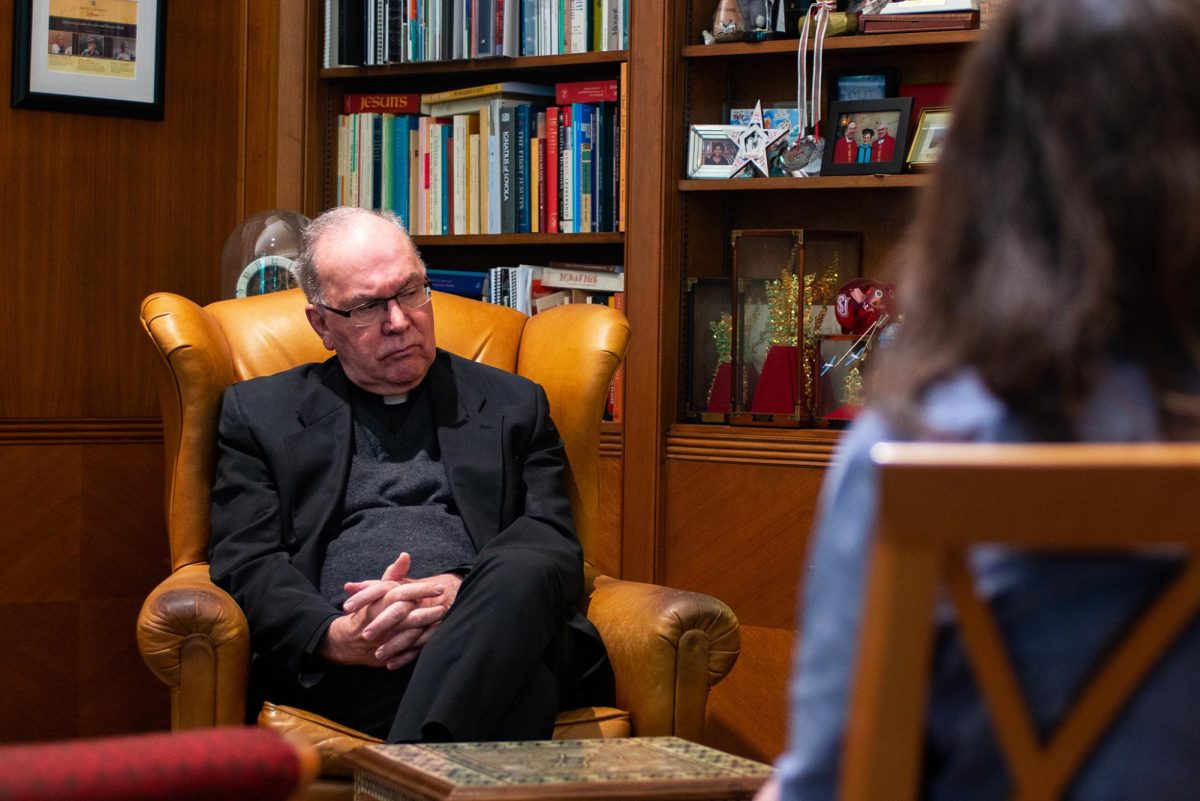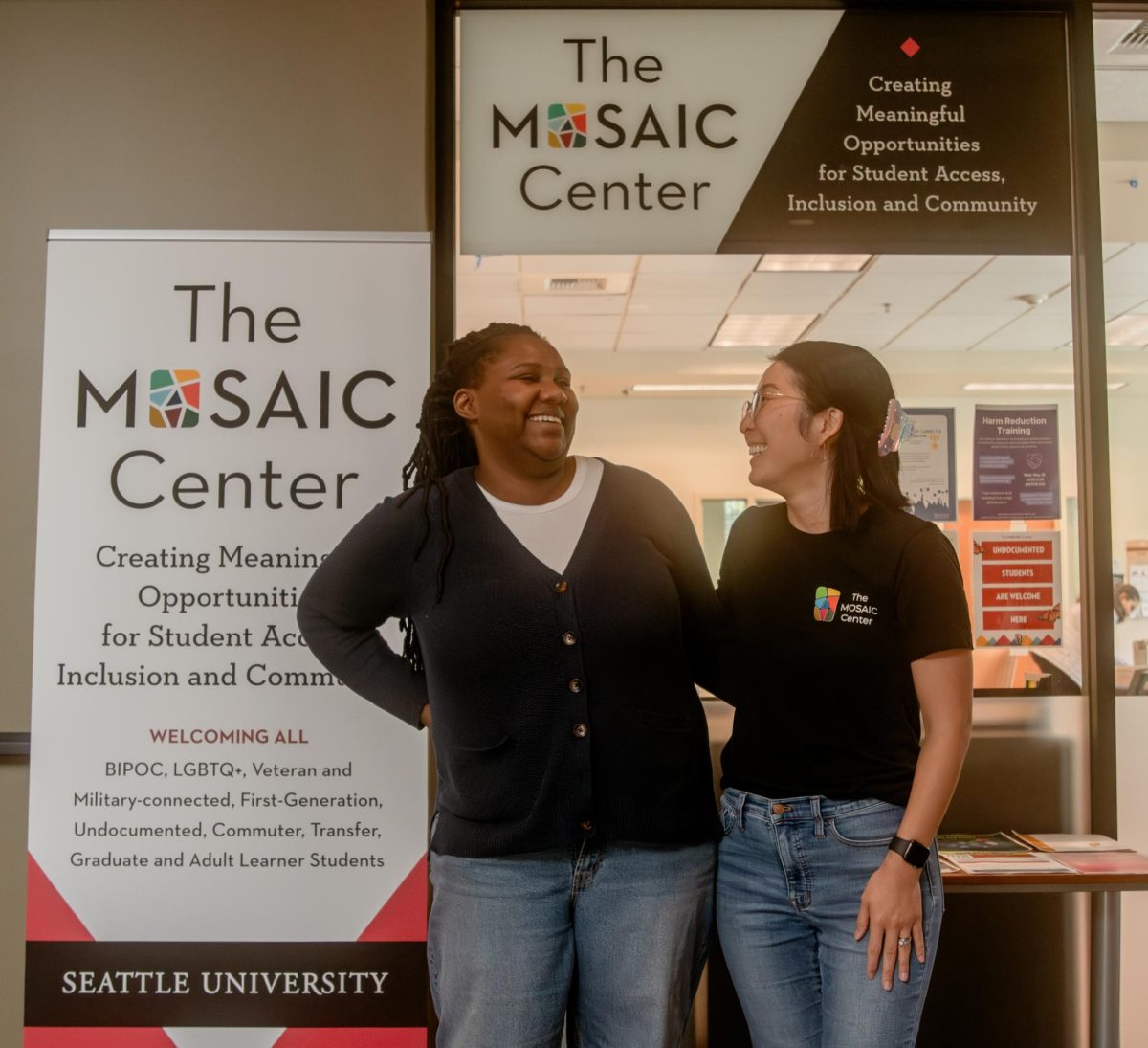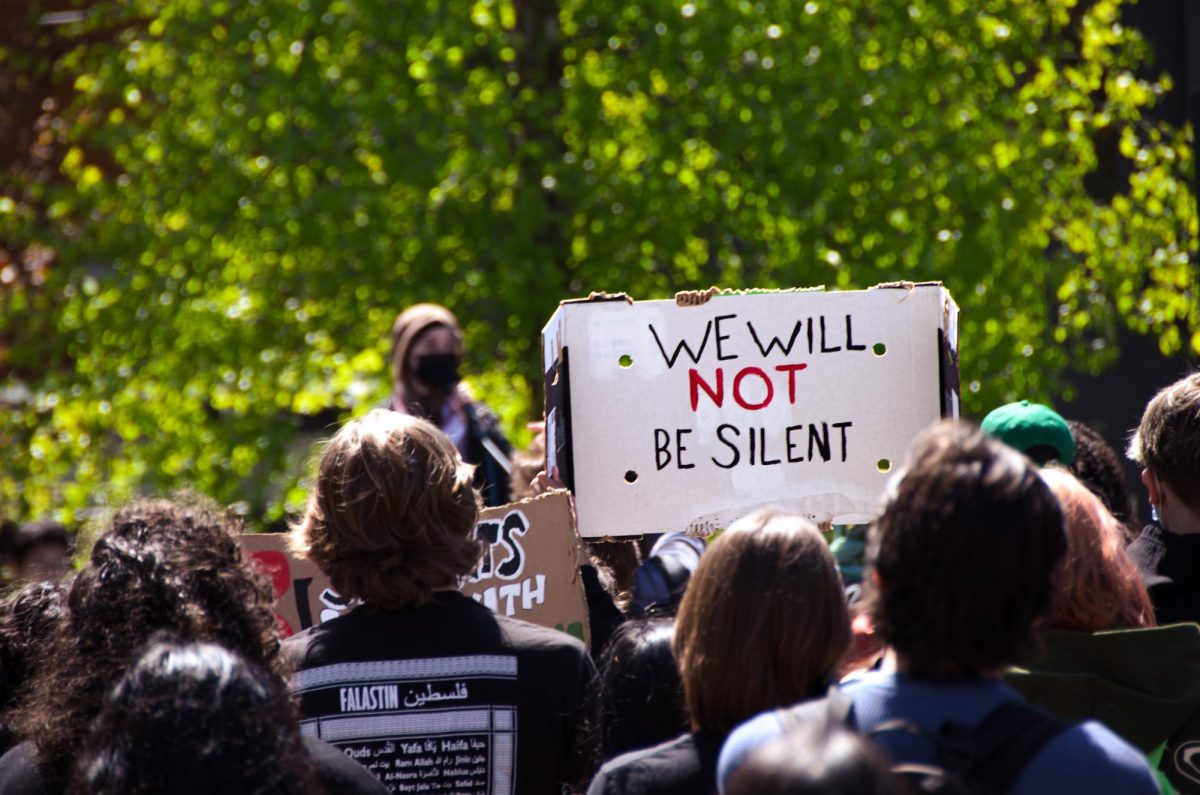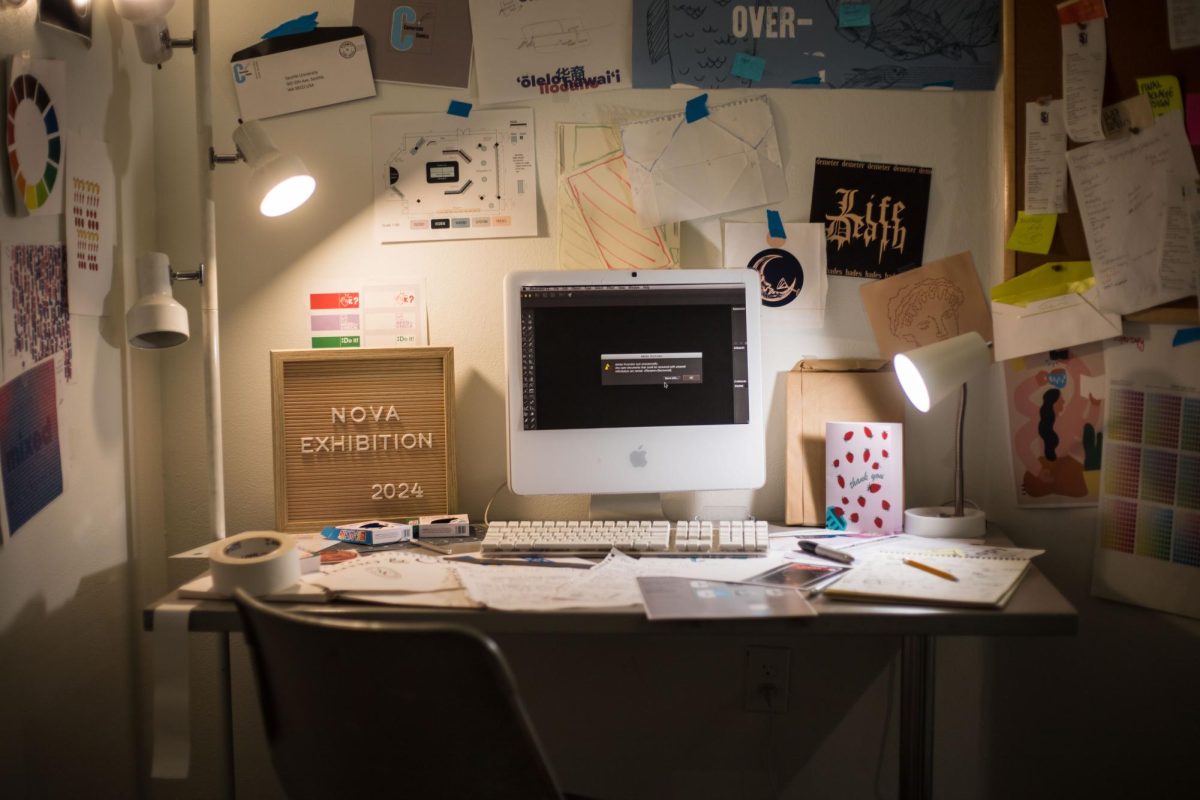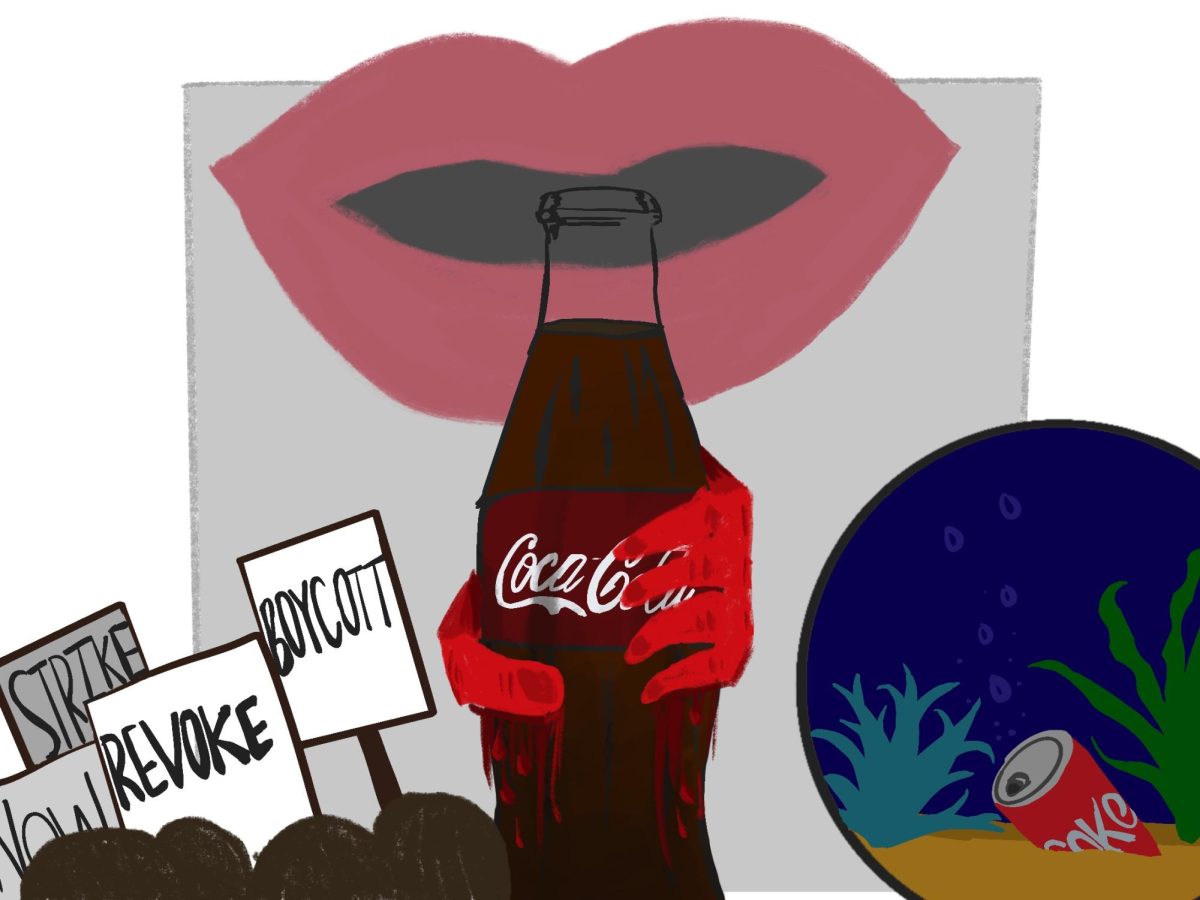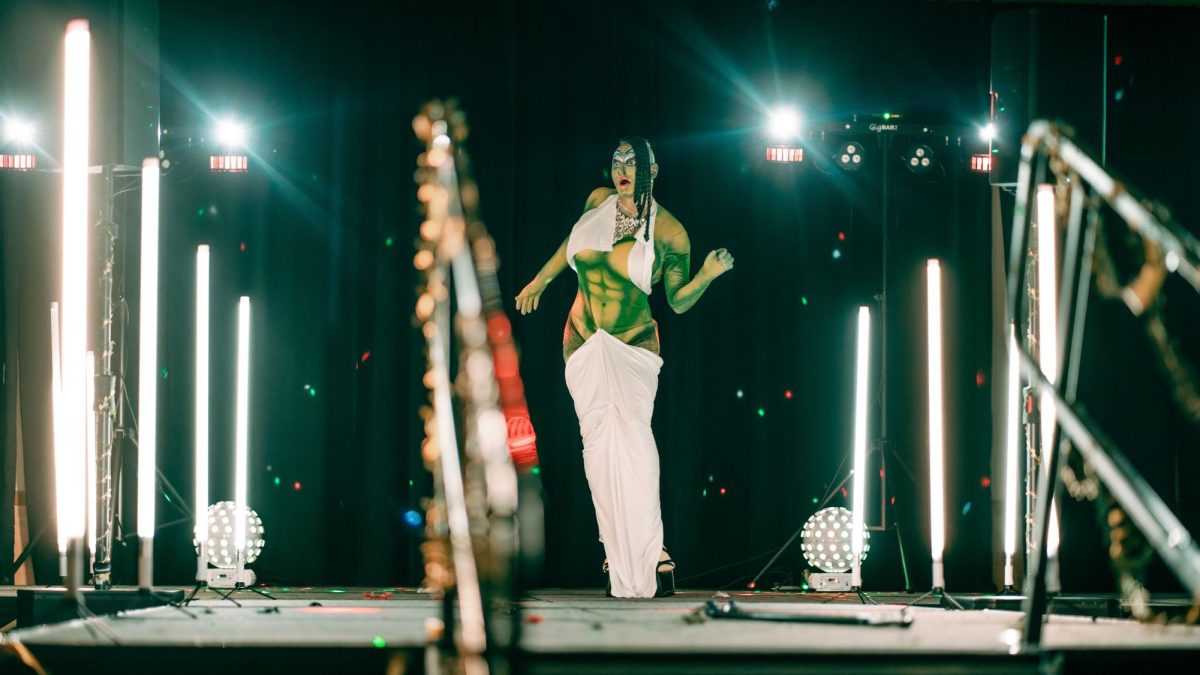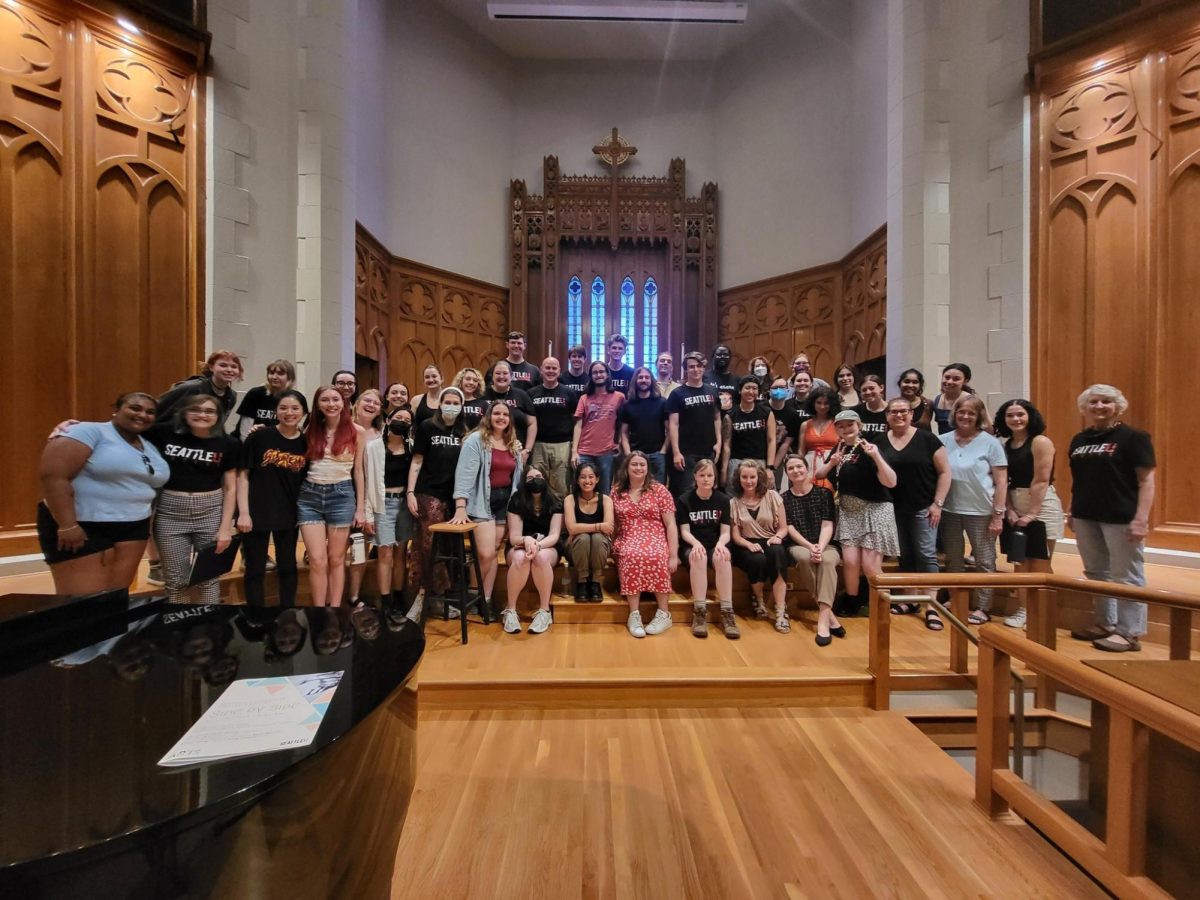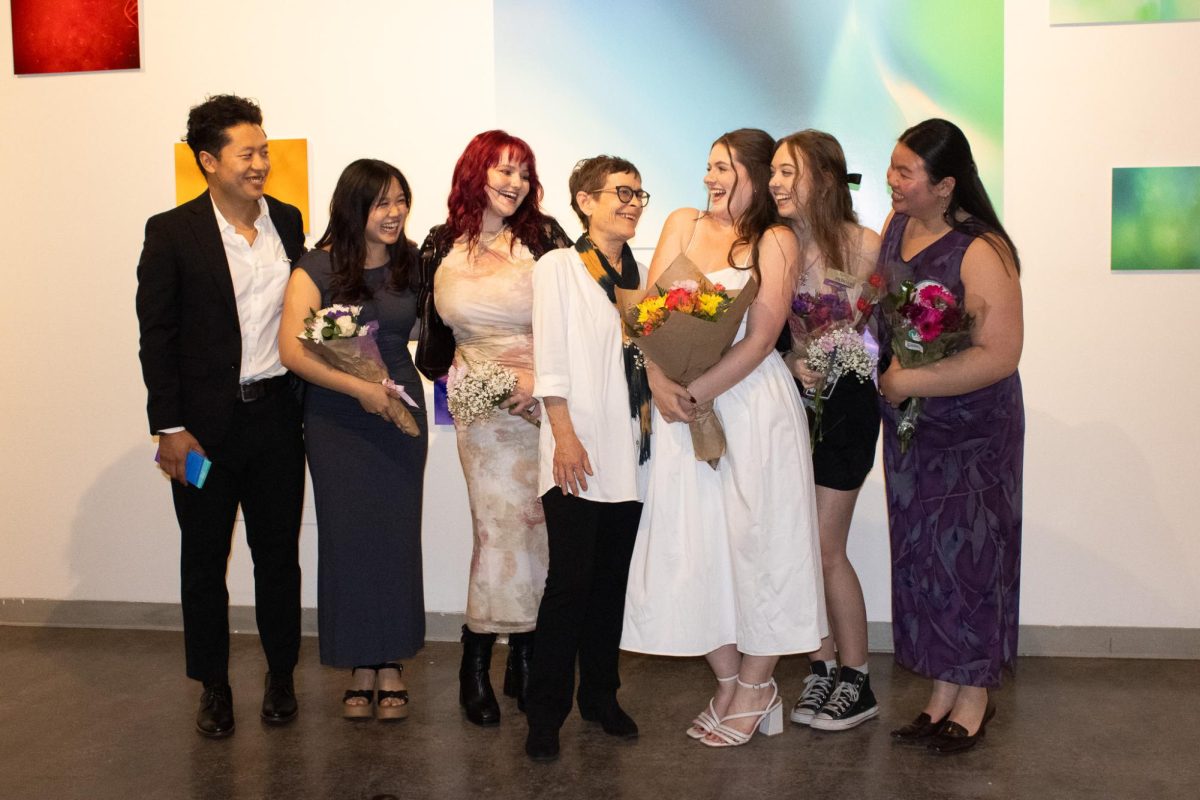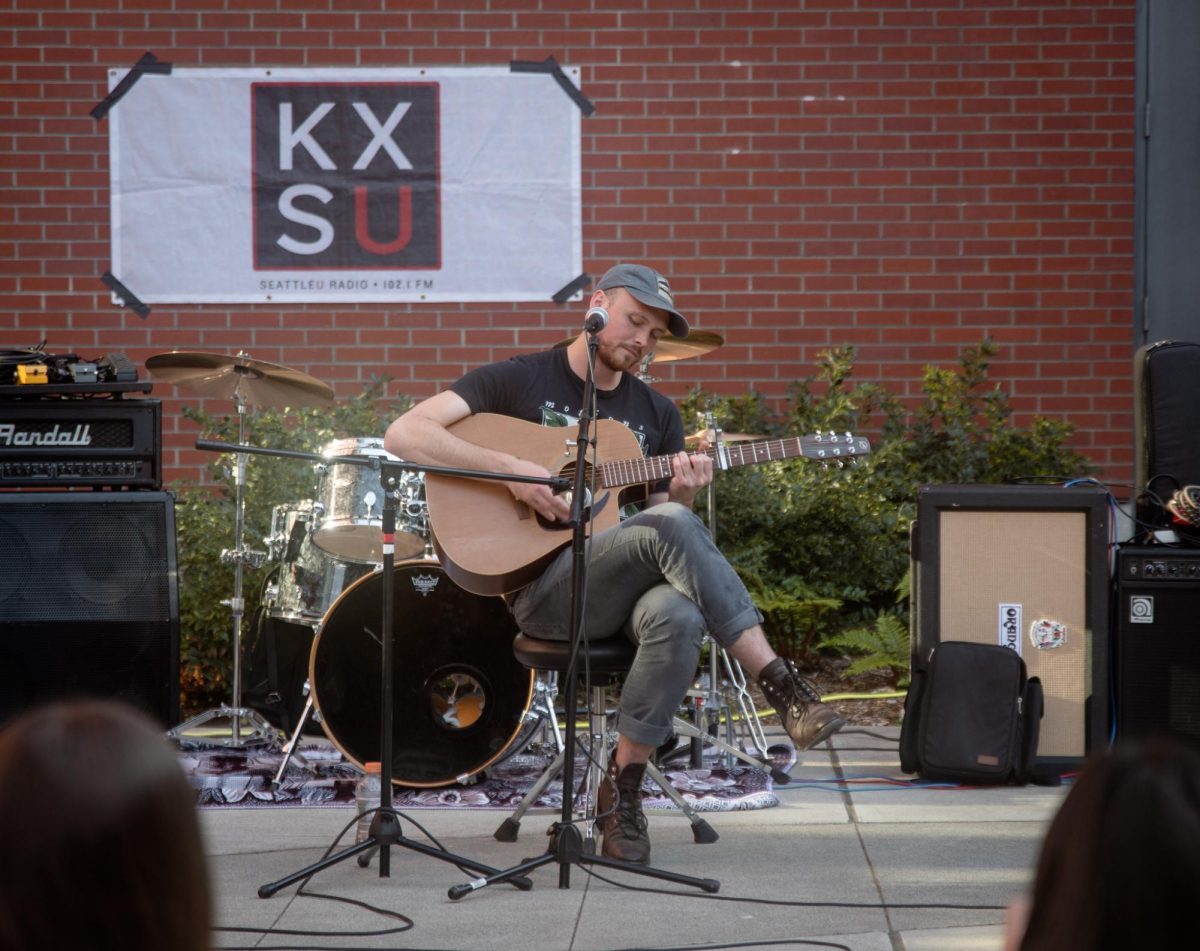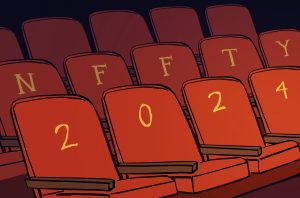
As the credits rolled on “Lovebugs,” the first film on the opening night of the National Film Festival for Talented Youth (NFFTY), I realized it was the first time I had been in a movie theater where people cheered for the names in the credits.
Usually, the credits are the least important part of the movie–going experience. They signal that it’s time to check your phone while an endless scroll of VFX artists, producers and cast members flash past. These people worked tirelessly to create the film, but their names are so numerous that you can’t possibly connect with them.
This is what NFFTY offers: a chance to watch films alongside the people who created them. The credits become a time for raucous applause, erupting from the crowd each time a young camera operator sees their name on the silver screen.
For the past 17 years, NFFTY, pronounced ‘nifty’ by festival organizers and attendees, has provided talented youth across the world with an outlet to present their work to an audience that truly values them and their art. With over 230 films from 26 states and 28 different countries, the festival provides filmmakers a welcoming entry point to the film industry. Anyone under the age of 24 can submit their work to NFFTY, from middle school students to college graduates.
Tahina Tomaszek, a third-year film and media studies major, worked as NFFTY’s programming intern for the 2024 festival. For her, the festival provides a unique platform, different from other film festivals.
“NFFTY’s main mission is to uplift a lot of youth filmmakers whose talent, a lot of the time, goes unnoticed or underappreciated, especially from more marginalized communities,” Tomaszek said.
Tomaszek helped the festival put together its lineup, personally watching over 200 submitted films. NFFTY’s website features five of Tomaszek’s favorite films that she selected to play during the festival’s four-day run.
“I picked those five because out of all the films I got to watch, those resonated the most with identity, which I feel like is a really, really, really important thing to me,” Tomaszek said. “Especially one of the films, which is ‘Am I Hawaiian Enough?’ by Jaina Galves.”
“Am I Hawaiian Enough?” captures a conversation between Galves and her father, recorded during a moment of uncertainty in the filmmaker’s life. Their conversation is raw, as the two reflect on their Native Hawaiian identity in a postcolonial world.

As their conversation shifts, photos of family members, days at the beach and gatherings appear on screen. Viewers get glimpses at Galves’ family history and the editing of the film gives each captured moment time to breathe.
Galves graduated from Seattle University in 2022 and created the first version of her film for a class. At the time, she was struggling with her identity while living in Seattle during the pandemic, and called her father. The two spoke for about an hour in free-flowing conversation. It was an honor for Galves to have her film premiere on NFFTY’s opening night.
“I just can’t believe the level of support I’ve been getting. I feel like I had a lot of imposter syndrome before this, but knowing that it was chosen for opening night means something,” Galves said.
In addition to inviting the audience to reflect on identity, Galves’ film shows that large budgets and complex production are not necessary for filmmakers to have their films showcased in NFFTY.
“My film was next to people from UCLA and NYU, who are these sponsored films and I’m seeing the credits roll… with all these sponsors. And I did mine originally in my bedroom on my iPhone,” Galves said.
At the film’s close, Galves and her father arrive at an emotional conclusion: no Native Hawaiian is at fault for feeling estranged from their culture. The suppression of the language and displacement of Natives, as a result of colonialism, has created this cultural isolation. Talking about these feelings of isolation, as Galves and her father acknowledge, is challenging. But Galves perseveres, with a heartfelt exploration of identity that affected many audience members.
While NFFTY accepts submissions from around the world, the festival’s roots are firmly planted in Seattle. NFFTY began 17 years ago when three students from Ballard High School sought to create a place to showcase their films.
Kyle Seago, one of the three student founders, attended opening night with his two sons, who have grown up alongside the festival. One of his favorite parts of the festival is seeing it change over time.
“It’s pretty surreal, honestly, because I see a lot of filmmakers here that have been here for a long time. It’s amazing to see them grow within the NFFTY ecosystem,” Seago said.
Seago is no longer directly involved with NFFTY. While he still attends the festival, he recognizes the importance of handing the reins to other people to keep the festival’s lineup of films current.
“The programming takes a lot of heart and it takes a unique perspective. It’s important that [it] gets refreshed every three years so that the festival stays relevant and stays connected to what filmmakers are making now,” Seago said.
Amy Williams is currently in charge of programming for NFFTY. Williams graduated from Seattle U in 2019 with a bachelor’s degree in film studies. As festival director for NFFTY, she oversaw the selection of films from roughly 1200 submissions.
“Unlike a lot of festivals, we actually program 98% of our films from our submissions,” Williams said. “We like to be really reactive to… what filmmakers want to be telling stories about, and mold our program around those themes that we see emerge.”

Seattle U has an extensive history of sending filmmakers to NFFTY. Williams first attended the festival while she was a student, to watch a film created by classmate Alex Guevara, who currently oversees Seattle U’s Media Production Center. Now, her experience as a student filmmaker helps her to support the next generation of young creatives.
“I think it’s incredible that something like this exists in Seattle of all places,” Williams said. “This is such a hidden gem, frankly, and I love this community. It feels really, really good that I can continue working with SU students, but also filmmakers from around the world.”
Each of NFFTY’s three days features panels, keynote speeches and showcases of short films centered around common themes. Attendees can see showcases of experimental films, music videos and even unaired pilot episodes from upcoming television shows.
One showcase focused on a 48-hour filmmaking challenge for high school students as far away as Connecticut. One film, titled “RobCom,” features an unlikely romance between two thieves who fall in love mid-heist after discovering a mutual love of The Smiths.
Another showcase, titled “All Around Us,” examined humanity’s relationship with the natural world. Films in this showcase outlined the need for nuance in our actions toward the environment.
One film in the “All Around Us” showcase, “Belle Island Marsh,” combines 16mm, archival and digital footage to tell the story of Boston’s last remaining salt marsh. In addition to sharing the joy of hearing someone with a Boston accent repeatedly say ‘marsh,’ the film serves as a stark reminder of humanity’s malignant effect on our world. The marsh, choked with trash, will likely be underwater by the 2050s.
In the same showcase was “Whittier Clean-Up,” by Logan Ehrhart, a high school student from Anchorage, Alaska. It documents students in Alaska using plastic waste to build affordable housing. NFFTY was Ehrhart’s first time in Seattle and he was grateful for the platform to share his work.
“[NFFTY] means a lot,” Ehrhart said. “Up in Anchorage, there’s not as many opportunities to be able to express yourself film-wise.”
Matthew Wilbur, a first-year student studying film, ecology and paleontology at Montana State University, submitted “La Jolla,” an experimental documentary he made while at Ballard High School. It showcases Discovery Park in a nostalgic reflection on Seattle’s public parks and natural beauty. For Wilbur, filmmaking is a tool in humanity’s fight against climate change.
“Young people are definitely driven more to environmental films because we’re the ones that are going to have to fix this whole climate problem,” Wilbur said.
Alexander Johnston, an associate film and media studies professor at Seattle U and NFFTY board member, had three students whose films were showcased in NFFTY this year. He finds student support to be just as fulfilling as his own filmmaking work.
“I often feel like my contribution to the world is… doing that work with young filmmakers and helping them find their voice,” Johnston said.
Making sure that all young filmmakers feel supported by the festival is an important part of its mission. Stefanie Malone, the executive director of NFFTY, was the festival’s executive director from 2013 to 2017, and returned to support the 2024 festival. She emphasized how the festival pushes back against white male dominance in Hollywood by centering diverse perspectives.
“We seek out films and partnerships to ensure that we have great representation of different cultural groups and different points of view. Half of our films are made by women or nonbinary people,” Malone said.
Almost every filmmaker had a similar message of support to share with other young people. Gabi Fedoroff, a fourth-year film and media studies major, had their experimental film “self-tape,” featured in the “Breaking The Mold” screening.
“Submit to NFFTY! Even if you’re not a film major, just do it,” Fedoroff said.
While submissions for next year’s NFFTY are not yet open, it is never too soon to start working on a film. For students looking to share their work, the Seattle U Filmmakers Club meets every Thursday in the Media Production Center and will be hosting the Seattle U Film Festival (SUFF) May 30 in the Pigott Auditorium. More details about SUFF are available here.
You never can tell, something you create might appear on the big screen at NFFTY 2025.







